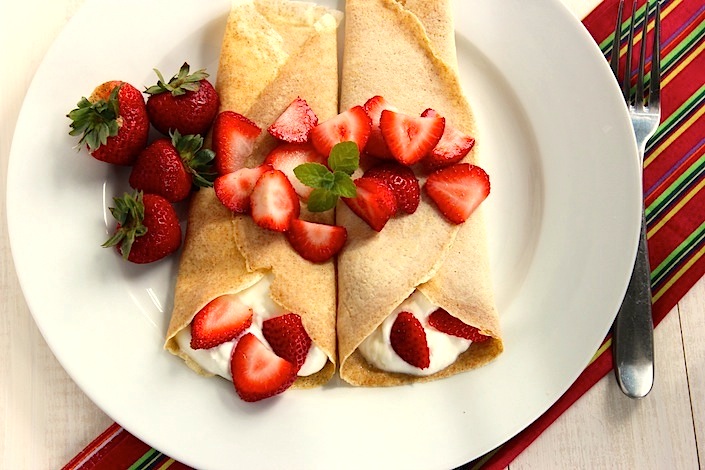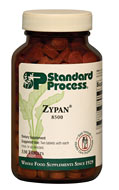Gluten Intolerance and Celiac Disease

|
life's greatest hindrance” Plato |
are silent forms without gut symptoms?
Celiac disease is a serious digestive disorder that affects millions of us, especially if we are of Northern European, Asian, and African descent. Celiac disease (CD) is an autoimmune condition characterized by damage to intestinal cells leading to ultimate deterioration and degradation of the finger-like projections -villous atrophy in the duodenal and jejunal regions. During normal operation, these tiny villi are responsible for absorbing nutrients from our food. But over time, these long finger-like structures get destroyed and compressed by own immune system.
When people with Celiac Disease eat foods that contain gluten, their immune system is uniquely programmed to recognize it as a threat and react by damaging the tissue lining the small intestine, called villi. The immune system thinks it’s doing a good job keeping us safe, but it’s destroying our healthy gut lining. Our immune system is supposed to protect us from the outside world, but instead it is actually mistaking some part of my body as an evil pathogen and attacking the healthy tissue. Under normal conditions, the immune system is designed to protect us from bad guys (called antigens) like toxins, bacteria, viruses, cancer cells, etc. When these antigens come in contact with our body the immune system is equipped to defend our home territory. In people with autoimmune disease, the immune system gets “confused” about what’s an antigen and what’s our own healthy body tissue, recognizing it as a threat and destroying it.
- How absorption of nutrients work
- What Is Gluten
- What are symptoms
- Gluten-associated disorders
- Reasons to sensitive to gluten
- What’s going on in the body with gluten sensitivity
- How to find out if you’re sensitive to gluten
- Why we have Celiac disease?
- Connection between Celiac disease and Leaky Gut
- What it means go gluten-free
- What a Celiac can eat to feel better
- 8 steps that naturally prevent and improve your gluten intolerance and celiac disease
“The Miracle Whole Foods”
You don’t have to give up baking because you can’t eat gluten. Substitutes for wheat flour can be used for many recipes. The key to this is watching the proportions. You may also want to try some of the flourless recipes that I have in my cookbook. I promise you’ll never lack for possibilities!
from our 600 recipes cookbook
“The Miracle Whole Foods”
 |
|
- Combine the wet ingredients in one bowl and mix until well blended.
- In another bowl combine the dry ingredients, mix well.
- Combine the dry and wet ingredients to form a thin batter.
- Heat a 8" skillet on medium high heat and add a small amount of coconut oil to the pan. Pour about 1/4 cup of batter into a hot skillet. Swirl the skillet until the bottom of the pan is covered with batter.
- Cook the crepe for 1 minute. Use a thin spatula to loosen the edges and gently flip it over and cook for an additional minute.
- Transfer to plate and fill with favorite topping: baked apples and cinnamon, blueberries, strawberries and fresh fruits. Makes 8 crepes.
 |
|
- Mix together oat flour, baking powder, salt and maple syrup.
- In another bowl mix together egg, 1/3 cup coconut milk and butter.
- Combine the wet and dry ingredients together and stir.
- Let stand for 5 minutes. If too thick add a little milk to thin it out a bit.
- Preheat skillet to 300 degrees F.
- Pour batter onto a hot greased skillet.
- Add blueberries.
- Allow to cook and flip when it is lightly brown (about 2 min).
- Cook the other side for about a minute. Makes 6 pancakes
 |
|
- Preheat the oven to 300 degrees F.
- Grate the zucchini into a bowl using the large grating side of a box grater.
- Grate the red onion on the box grater as well; use a smaller sized hole for this part.
- Squeeze the water out of the onion by using a paper towel. If you just throw the onion in, it makes the batter too wet.
- Immediately stir in the onion and eggs into the zucchini.
- Stir in 6 tablespoons of the flour, the baking powder, salt, and pepper. (If the batter gets too thin from the liquid in the zucchini, add the remaining 2 tablespoons of flour.) The batter shouldn't be thick but it will be wet. You can tell if it's right because when you drop it into the pan, it shouldn't run.
- Heat a large (10 to 12-inch) sauté pan over medium heat and melt 1/2 tablespoon raw butter and 1/2 tablespoon oil together in the pan.
- When the pan is hot, lower the heat to medium-low and drop heaping soup spoons of batter into the pan. Cook the pancakes about 2 minutes on each side, until browned.
- Place the pancakes on a sheet pan and keep warm in the oven.
- Wipe out the pan with a dry paper towel, add more butter and oil to the pan (or your choice of oil), and continue to fry the pancakes until all the batter is used. The pancakes stay warm in the oven for up to 30 minutes. Serve hot. Serves 6.











